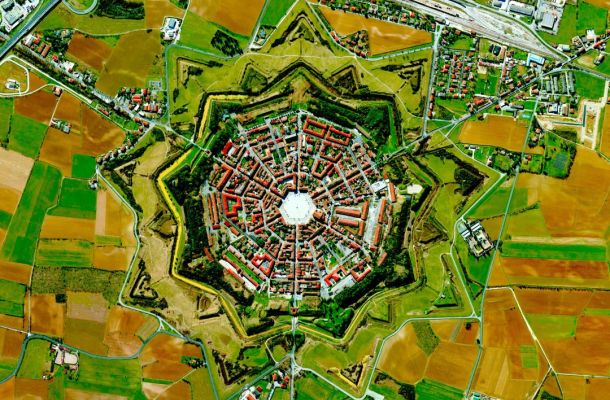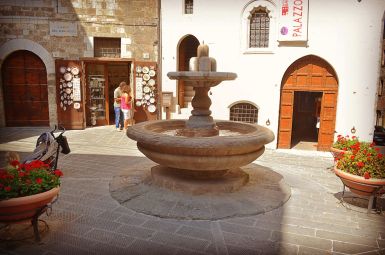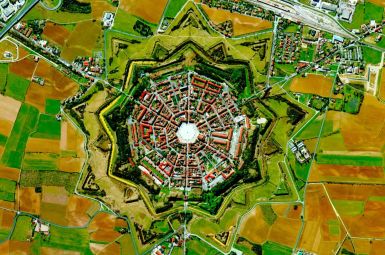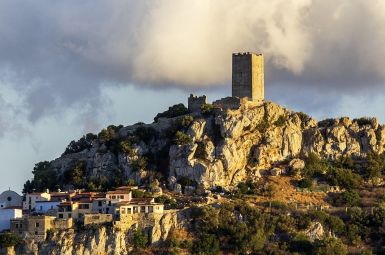
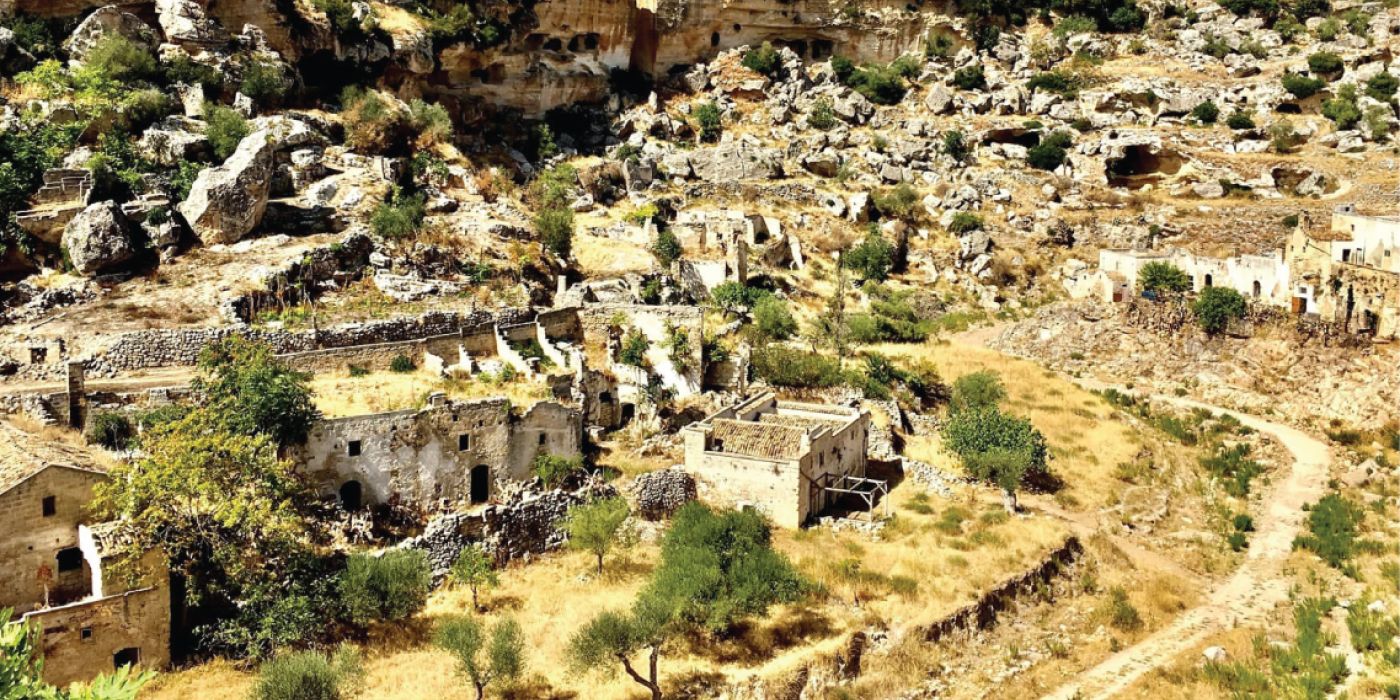
Ginosa, situata nella provincia di Taranto in Puglia, è famosa per le sue spettacolari gravine, profonde gole naturali simili a canyon, scavate dall’erosione dell’acqua nel corso di millenni. Questi luoghi non solo offrono uno scenario naturale mozzafiato, ma sono anche ricchi di storia e cultura.

Caratteristiche delle Gravine
- Origine Geologica: Le gravine sono formate dall’erosione dell’acqua che ha scavato il terreno calcareo, creando profonde gole e grotte.
- Paesaggio: Le gravine di Ginosa sono caratterizzate da pareti ripide e rocciose, con vegetazione rigogliosa che cresce nelle fessure e sulle pareti. La Gravina di Ginosa è una delle più note e visitate.
Importanza Storica e Archeologica
- Insediamenti Rupestri: Nel corso dei secoli, le gravine sono state utilizzate come rifugio e abitazione da diverse civiltà. Le pareti delle gravine sono punteggiate di grotte naturali e artificiali, molte delle quali furono trasformate in chiese, abitazioni e luoghi di sepoltura.
- Chiese Rupestri: Ginosa vanta numerose chiese rupestri, scavate nella roccia, decorate con affreschi di grande valore storico e artistico. Queste chiese offrono uno sguardo unico sulla vita religiosa e quotidiana delle comunità che abitavano la zona nel passato.
Una Curiosità Particolare
Una delle chiese rupestri più affascinanti di Ginosa è la “Chiesa di Santa Sofia”. Questa chiesa, scavata nella roccia, contiene affreschi risalenti al periodo bizantino e testimonia l’influenza della cultura bizantina nella regione. Gli affreschi, sebbene in parte danneggiati dal tempo, mostrano figure di santi e scene religiose di grande bellezza e interesse storico.
Valore Culturale
Le gravine di Ginosa rappresentano una combinazione unica di bellezze naturali e patrimonio storico. Esse sono un importante sito turistico e culturale, attirando visitatori e studiosi da tutto il mondo interessati alla storia, all’archeologia e alla natura della Puglia.
Questa straordinaria fusione di natura e storia fa delle gravine di Ginosa un luogo davvero unico e affascinante, che continua a raccontare le storie delle civiltà che vi hanno abitato attraverso i secoli.
Ultimo Aggiornamento:
1 Ottobre 2025
Autore
Categoria Articolo
Ultimi Articoli
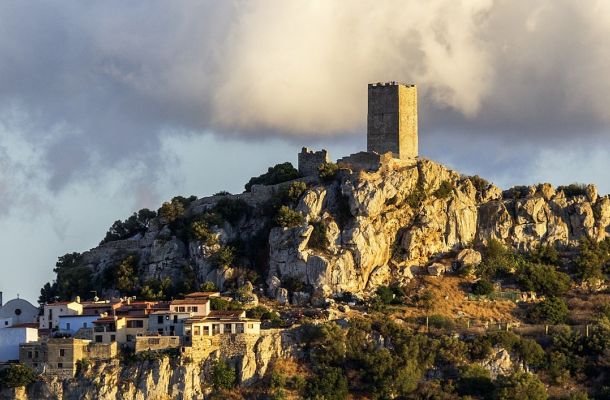
Posada, il Borgo Sardo dove il Tempo si è Fermato tra Storia e Leggenda
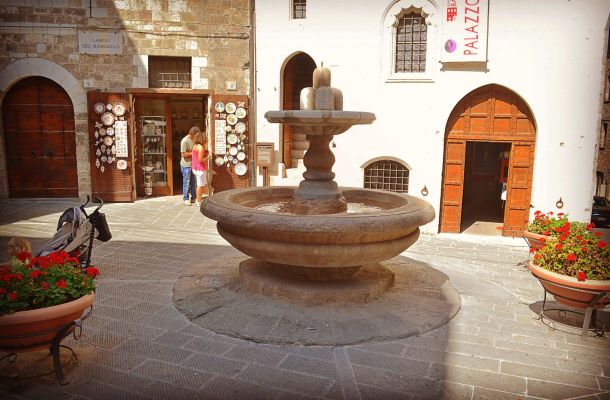
Gubbio, Umbria: La Città di Pietra dove il Medioevo non è mai finito
